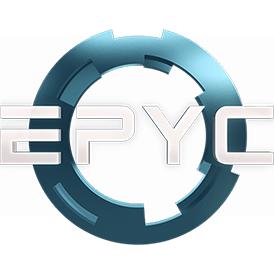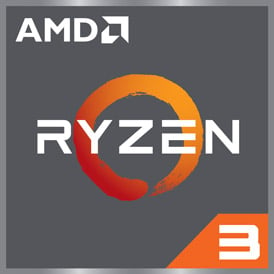 Estimated results for PassMark CPU Mark
Estimated results for PassMark CPU Mark
|
|
AMD EPYC 7453
28C 56T @ 2.75 GHz
|
50214
|
|
|
AMD Ryzen 3 5300G
4C 8T @ 4.0 GHz
|
13650
|
 Geekbench 5, 64bit (Multi-Core)
Geekbench 5, 64bit (Multi-Core)
|
|
AMD EPYC 7453
28C 56T @ 2.75 GHz
|
22896
|
|
|
AMD Ryzen 3 5300G
4C 8T @ 4.0 GHz
|
5425
|
 Geekbench 6 (Multi-Core)
Geekbench 6 (Multi-Core)
|
|
AMD EPYC 7453
28C 56T @ 2.75 GHz
|
11589
|
|
|
AMD Ryzen 3 5300G
4C 8T @ 4.0 GHz
|
4955
|
 Geekbench 6 (Single-Core)
Geekbench 6 (Single-Core)
|
|
AMD Ryzen 3 5300G
4C 8T @ 4.0 GHz
|
1740
|
|
|
AMD EPYC 7453
28C 56T @ 2.75 GHz
|
1448
|
 Geekbench 5, 64bit (Single-Core)
Geekbench 5, 64bit (Single-Core)
|
|
AMD Ryzen 3 5300G
4C 8T @ 4.0 GHz
|
1380
|
|
|
AMD EPYC 7453
28C 56T @ 2.75 GHz
|
1285
|
 iGPU - FP32 Performance (Single-precision GFLOPS)
iGPU - FP32 Performance (Single-precision GFLOPS)
|
|
AMD Ryzen 3 5300G
4C 8T @ 4.0 GHz
|
1306
|

